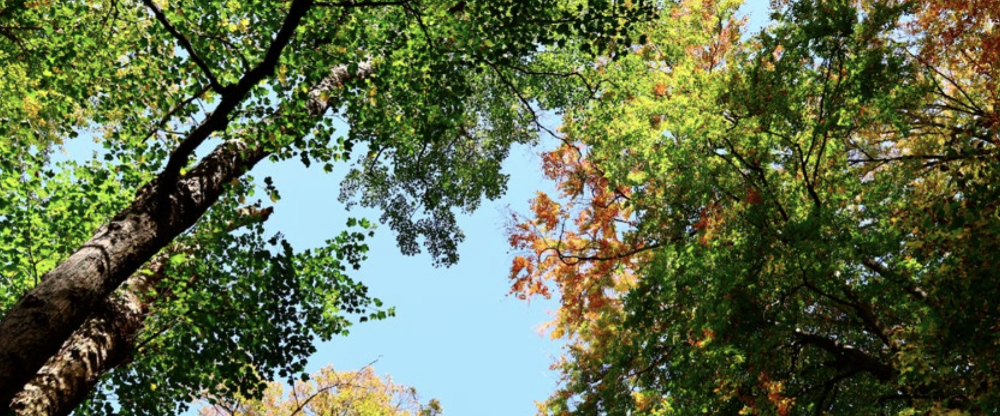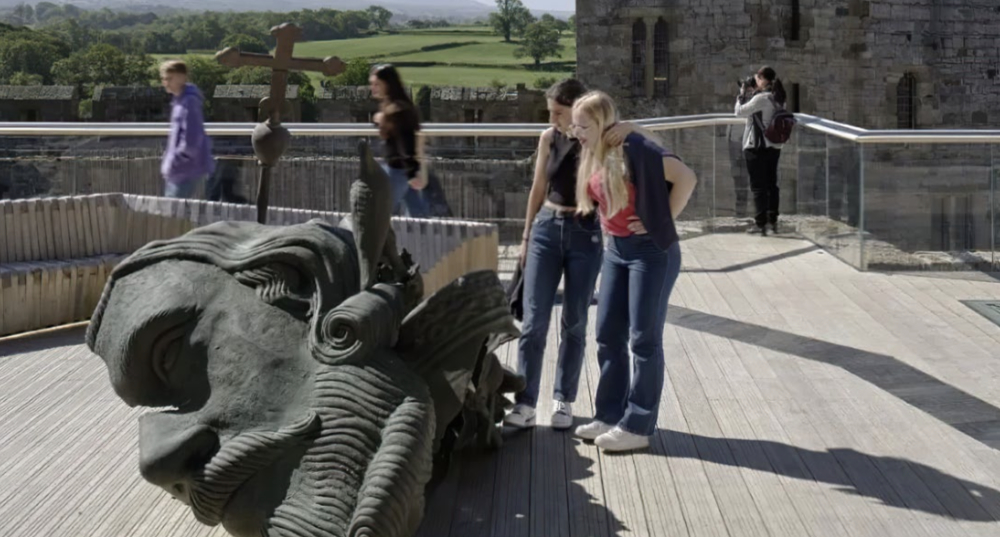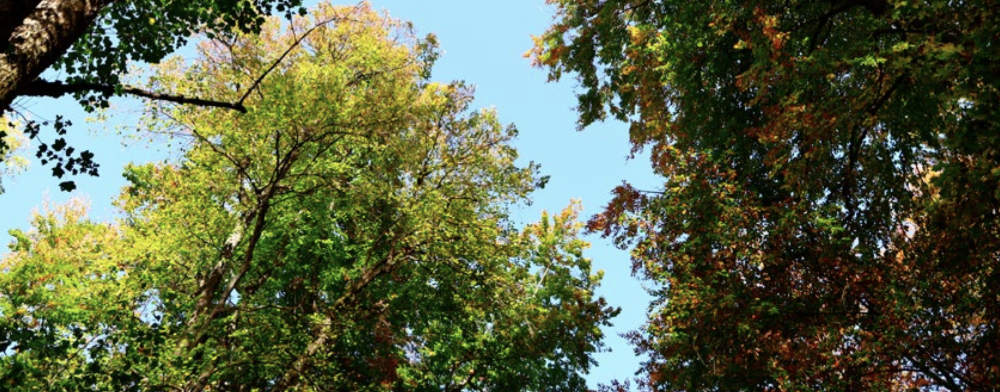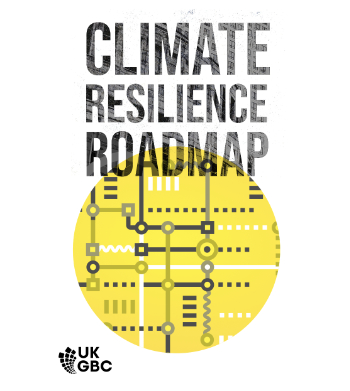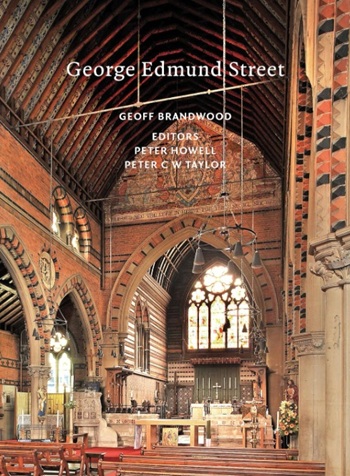Designing sustainability and performance into buildings
Contents |
[edit] This article discusses the variation in performance and sustainability credentials of different wood types.
Timber has been a critical building component for thousands of years and it continues to be one of the most widely used materials in construction.
However, timber is a natural product sourced from a huge variety of different species grown in different conditions, resulting in a myriad of different performance and sustainability attributes. This means that, when it comes to specifying timber for a project, it can be a challenge to ensure the optimum combination of performance, sustainability and cost effectiveness for the job in hand.
On top of this, with the sector under increasing pressure to ensure building safety, it is critical that designers also consider how the timber will interact with other building materials specified within a project to ensure the optimal outcome.
[edit] A clever selection
Specifying the right type of timber for a project involves an assessment of a multitude of factors. These include; the intended use of the building, relevant standards and codes, service life expectations, sustainability, aesthetics, capital costs and maintenance costs. In short - there are many different elements that must be considered.
When it comes to choosing between timbers; performance disparities arise from their inherent characteristics. The different characteristics mean that some timbers perform better than others for certain applications. In outdoor environments, for example, its vital to choose a timber species that is highly durable, i.e. resistant to rot and decay. These could be very different characteristics to what you would need for an indoor flooring or a structural beam.
It may also be important to consider how easy the timber is to source, to work with and its density. The more durable hardwoods for example can be difficult to work with and very heavy, making them unsuitable for certain applications, such as bulky façades. In some cases, material health can also be an issue, with unsafe wood dust to manage.
Thankfully, innovative processes and ways of modifying timber can enhance its performance. For example, at Accsys, we have developed a pioneering modification process to turn fast-growing softwood into a material with class 1 durability according to EN standard 350-1. This innovative modification process boosts the already naturally occurring acetyl content of wood. The resulting product, Accoya, interacts differently with water, leading to improved dimensional stability and resistance against decay. This also means that the wood does not need to be treated with toxic chemicals.
[edit] The sustainability question
In addition to innovative modification processes that avoid the need for toxic chemicals, wood – at its source – has the inherent potential to be a sustainable material. This is due to its renewable nature. Trees can be replanted and harvested, allowing for a continuous cycle of growth and use.
However, not all wood has the same social and environmental credentials.
When wood is sourced from well-managed forests that are renewable, adhere to legal regulations, and implement practices like selective harvesting and reforestation, it can be considered truly sustainable. However, with about one-fifth of EU timber imports coming from illegal sources, according to the European Commission, it is essential to consider how and where the wood is sourced from.
Certifications from organisations such as the Forest Stewardship Council (FSC®) provide assurance that wood products meet specific environmental and social standards. Trees in FSC® certified forests are grown and harvested according to a strict set of guidelines that benefit the environment. Looking out for this certification gives designers, specifiers and consumers the confidence that the timber has been verified through a Chain of Custody system. This means that checks have taken place at every stage of process to ensure that the wood is sourced from well-managed forests that protect the environment – both at a local level, and on a global stage. This is something that can be guaranteed with a modified wood product, such as Accoya, where there are rigorous processes in place to ensure the sustainable sourcing of FSC® certified wood.
[edit] Building resilience
While sustainability must increasingly be front and centre, it should not mean that performance is compromised. With extreme weather becoming more frequent, it is critical to consider the location and climate of a build when specifying for a project. For example, in coastal areas, buildings can be exposed to saltwater, harsh weather conditions, high humidity and the risk of erosion and flooding. Therefore, it is absolutely essential that the materials specified are sufficiently resilient.
For this reason, in the past, some may have steered clear of using timber on coastal buildings due to the possibility that it could rot or swell and quickly require replacement, affecting performance. However, innovations in the timber industry – such as the modification process used to make Accoya - mean that timber is now a long-lasting option.
An illustrative example of this was the recent conservation project at Caernarfon Castle. The castle, which is located on the North West coast of Wales, is a World Heritage Site that required conservation works. The designers wanted to select materials that would complement the castle’s existing structure whilst also providing world class performance that could withstand the erosion that can occur when building on the coast.
Accoya was selected because of its durability credentials, as well as its low maintenance qualities and the look and feel after it has been weathered. The durability of the wood works perfectly at a busy heritage site such as this one, as not only does it perform well in harsh conditions, this also minimises the amount of restoration later down the line.
For designers, where to specify timber and which timber to specify goes back to the careful consideration of performance qualities. It is critical to look out for the provision of warranties and product performance data that prove the timber will remain weather resistant and stand the test of time. The acetylation process, as an example, strengthens Accoya wood to such an extent that it is the only wood in the world to offer a 50-year warranty.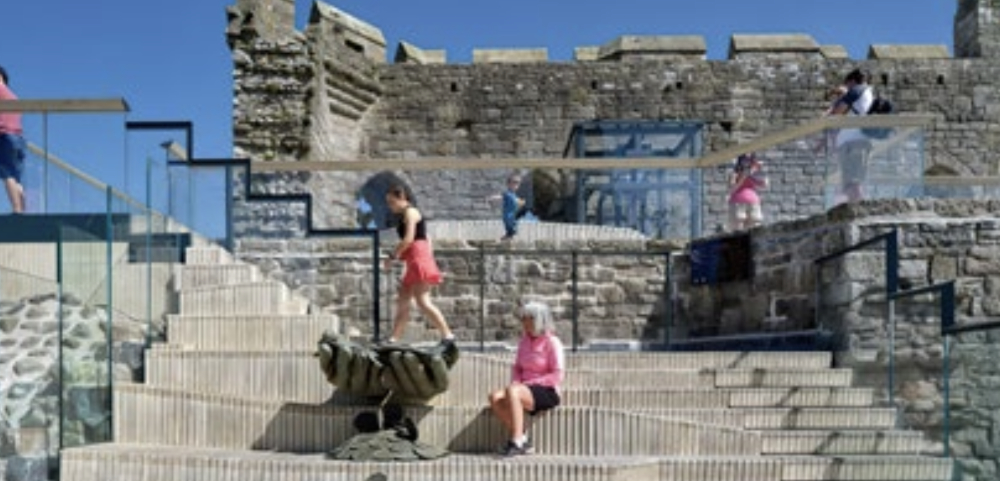
[edit] Thinking ahead
Choosing materials that last is an innately sustainable choice. When products are designed to be durable, they inherently contribute to decreasing impact on the environment. Extending the lifespan of a product, and reducing the need for replacements simultaneously decreases the need for constant production and resource extraction, curbing energy consumption and greenhouse gas emissions.
While investing in materials that are functional, durable and sustainable may have higher initial costs, it ensures longevity and resistance to wear and tear. This means that, in addition to supporting sustainability efforts, the need for frequent repairs and replacements is reduced which cuts long-term costs, ensures the safety of the end user and helps to avoid the risk of liability issues later down the line.
Timber has always been a popular building material. However, with increasing pressure on the industry to prioritise performance, safety and the environment, clever product selection is key.
For more information on Accoya or to sign up for a RIBA Approved CPD, visit: https://www.accoya.com/uk/architects/cpd/
This article apears in the ATJournal issue 149 as 'A balancing act: designing sustainability and performance into our buildings', text and images provided by Justin Peckham, Regional Head of Sales (UK and Nordics), Accoya.
--CIAT
[edit] Related articled on Designing Buildings
Featured articles and news
Government consultations for the summer of 2025
A year of Labour, past and present consultations on the environment, the built environment, training and tax.
Homes England supports Greencore Homes
42 new build affordable sustainable homes in Oxfordshire.
Zero carbon social housing: unlocking brownfield potential
Seven ZEDpod strategies for brownfield housing success.
CIOB report; a blueprint for SDGs and the built environment
Pairing the Sustainable Development Goals with projects.
Types, tests, standards and fires relating to external cladding
Brief descriptions with an extensive list of fires for review.
Latest Build UK Building Safety Regime explainer published
Key elements in one short, now updated document.
UKGBC launch the UK Climate Resilience Roadmap
First guidance of its kind on direct climate impacts for the built environment and how it can adapt.
CLC Health, Safety and Wellbeing Strategy 2025
Launched by the Minister for Industry to look at fatalities on site, improving mental health and other issues.
One of the most impressive Victorian architects. Book review.
Common Assessment Standard now with building safety
New CAS update now includes mandatory building safety questions.
RTPI leader to become new CIOB Chief Executive Officer
Dr Victoria Hills MRTPI, FICE to take over after Caroline Gumble’s departure.
Social and affordable housing, a long term plan for delivery
The “Delivering a Decade of Renewal for Social and Affordable Housing” strategy sets out future path.
A change to adoptive architecture
Effects of global weather warming on architectural detailing, material choice and human interaction.
The proposed publicly owned and backed subsidiary of Homes England, to facilitate new homes.
How big is the problem and what can we do to mitigate the effects?
Overheating guidance and tools for building designers
A number of cool guides to help with the heat.
The UK's Modern Industrial Strategy: A 10 year plan
Previous consultation criticism, current key elements and general support with some persisting reservations.
Building Safety Regulator reforms
New roles, new staff and a new fast track service pave the way for a single construction regulator.









